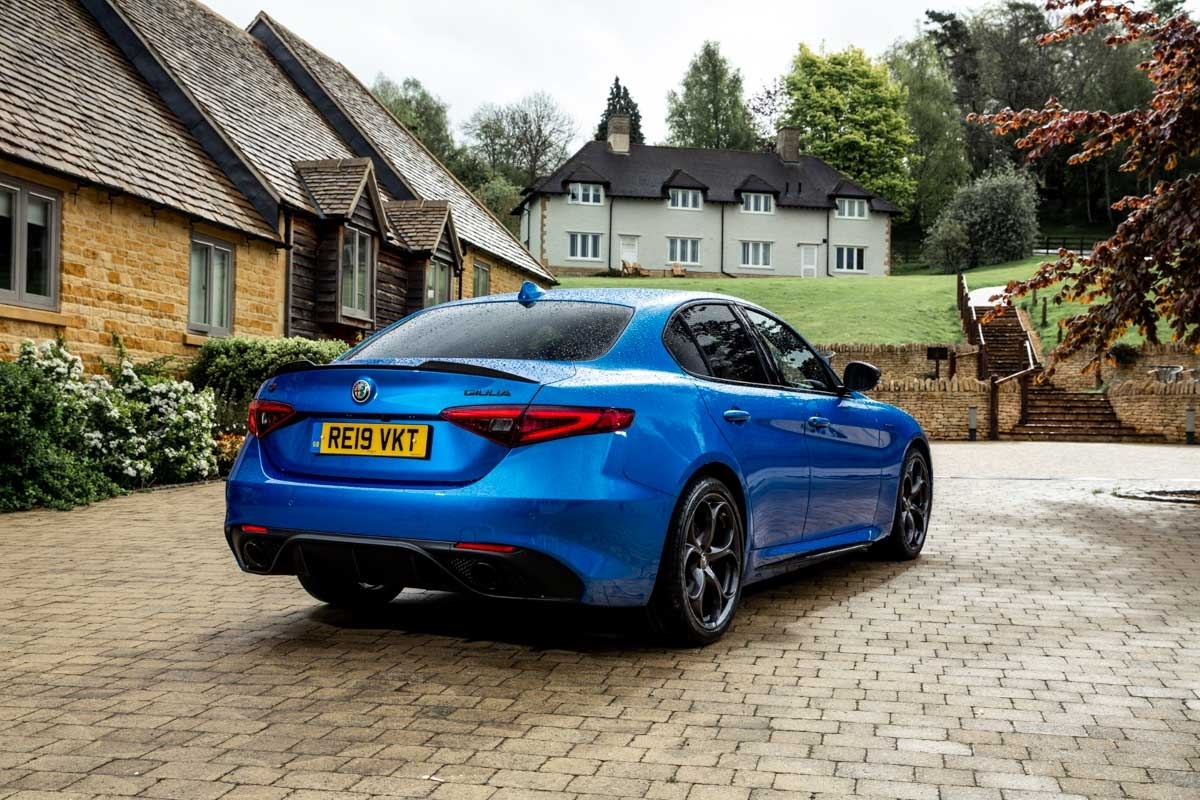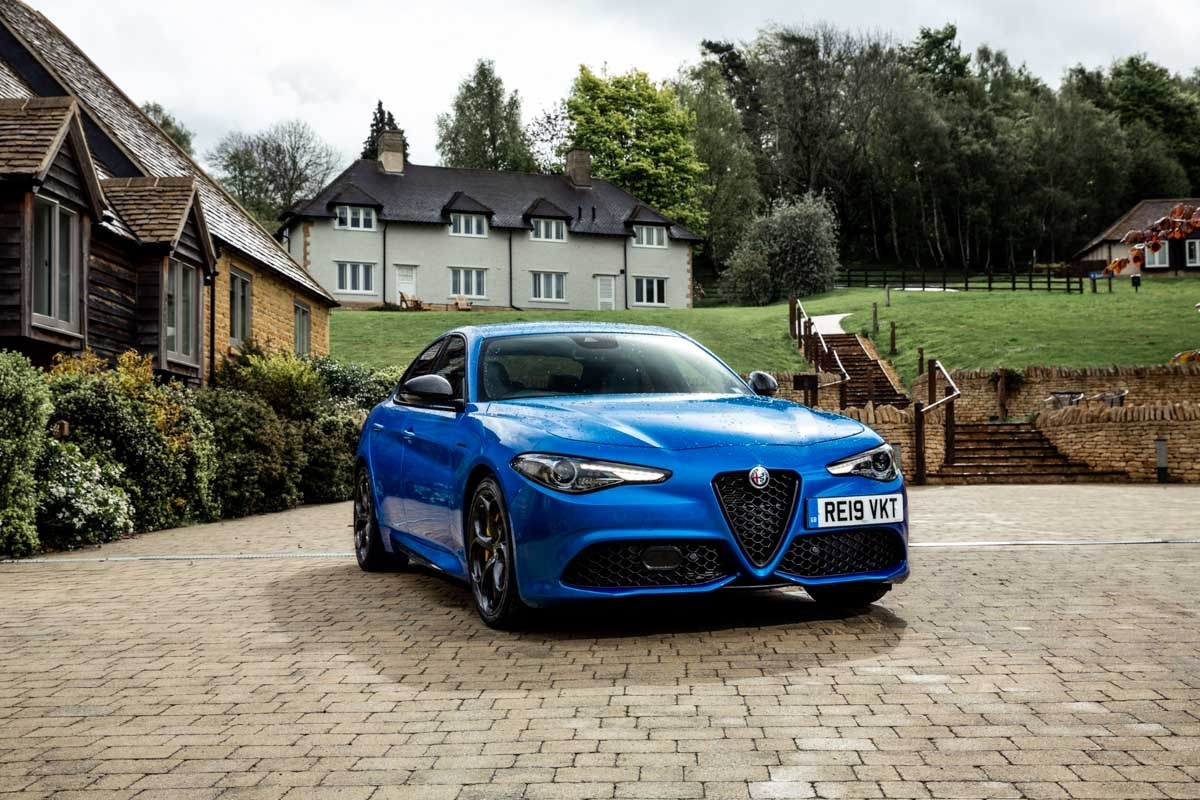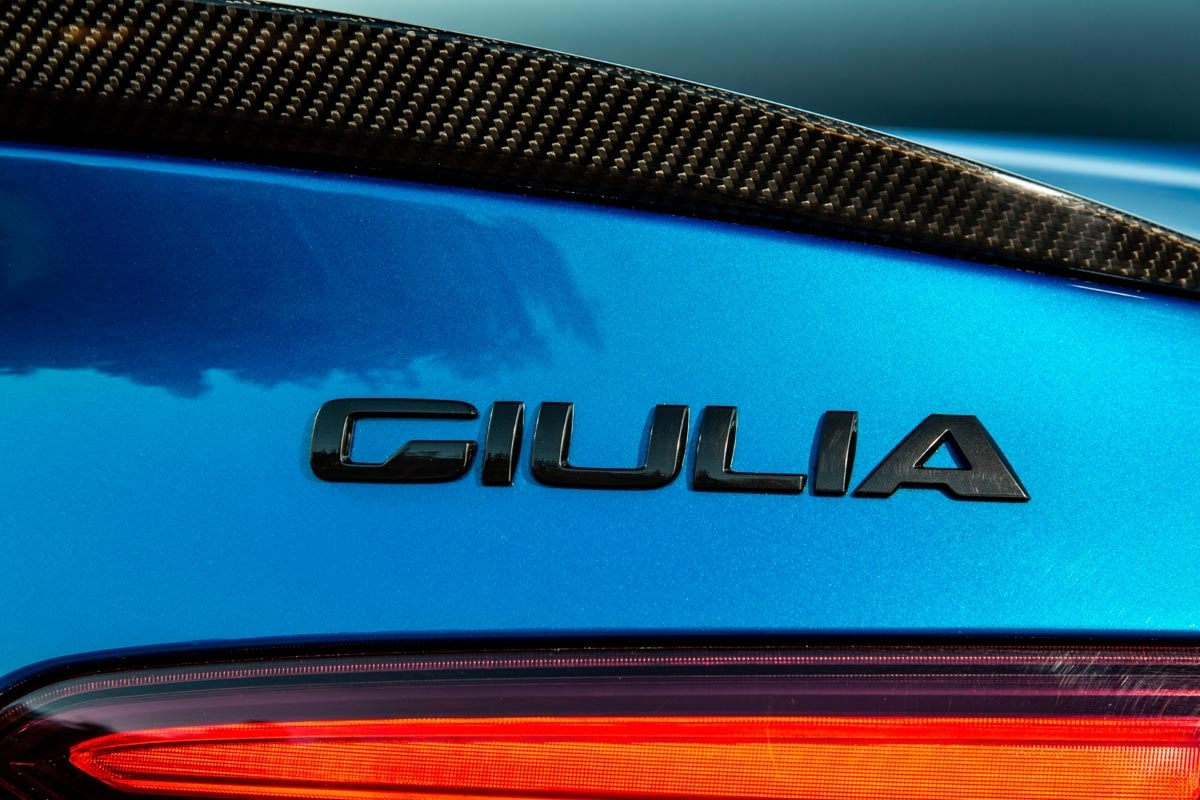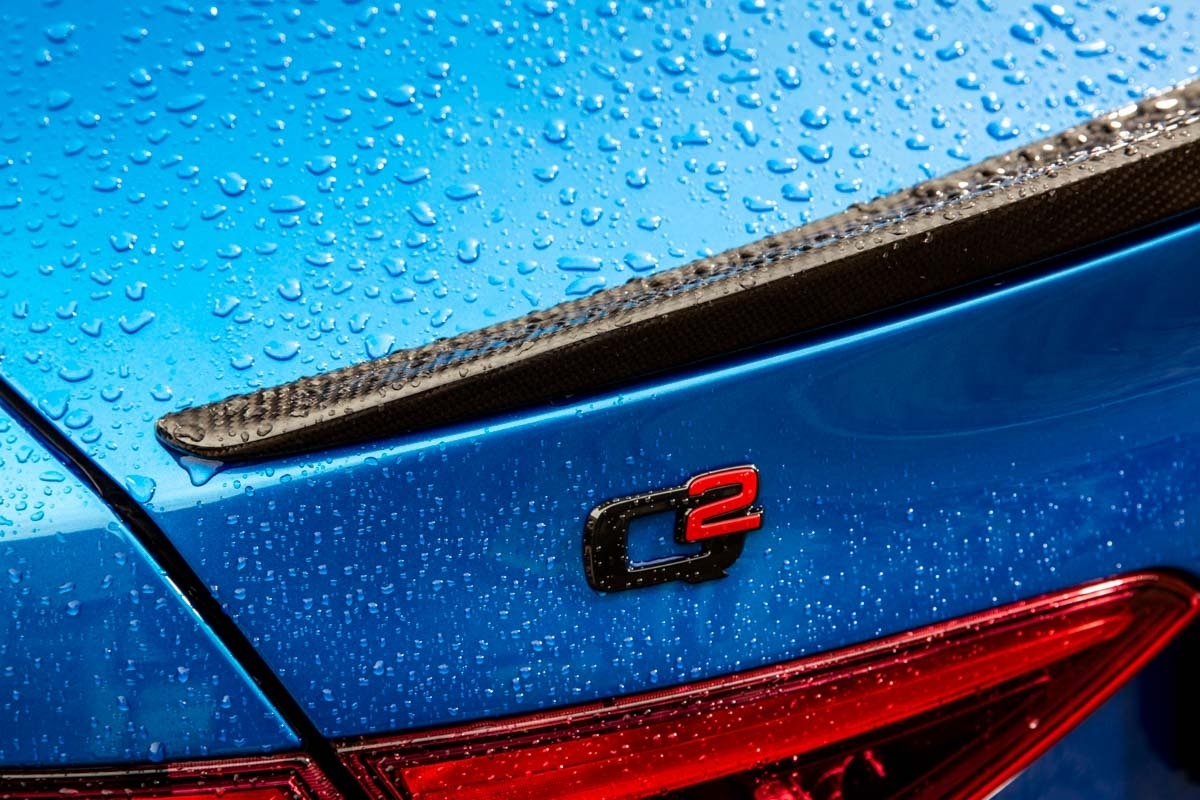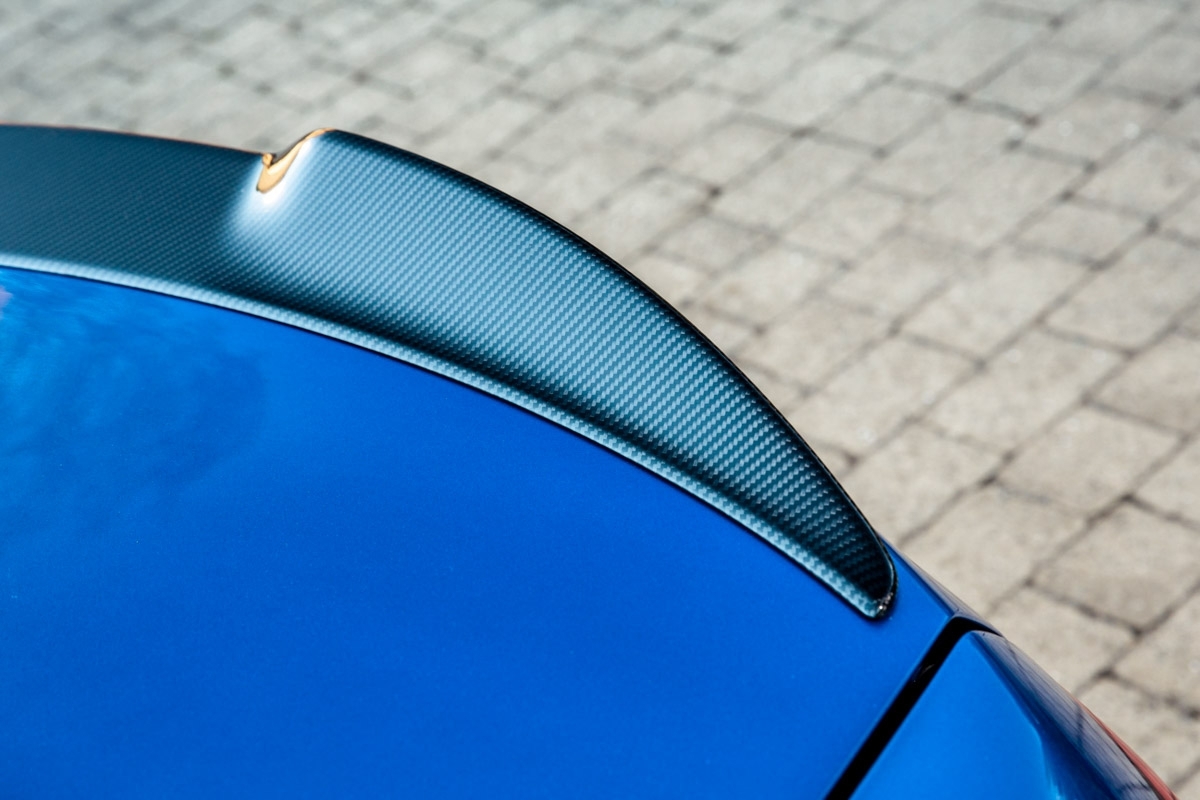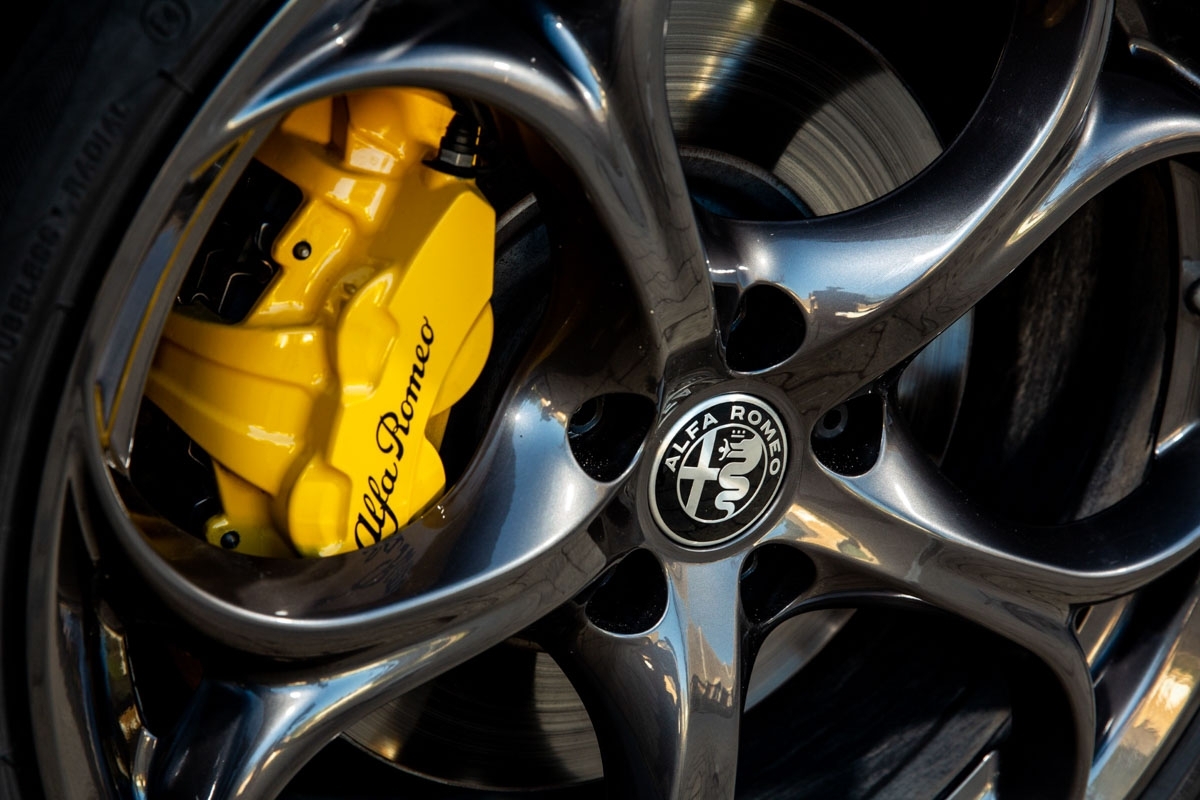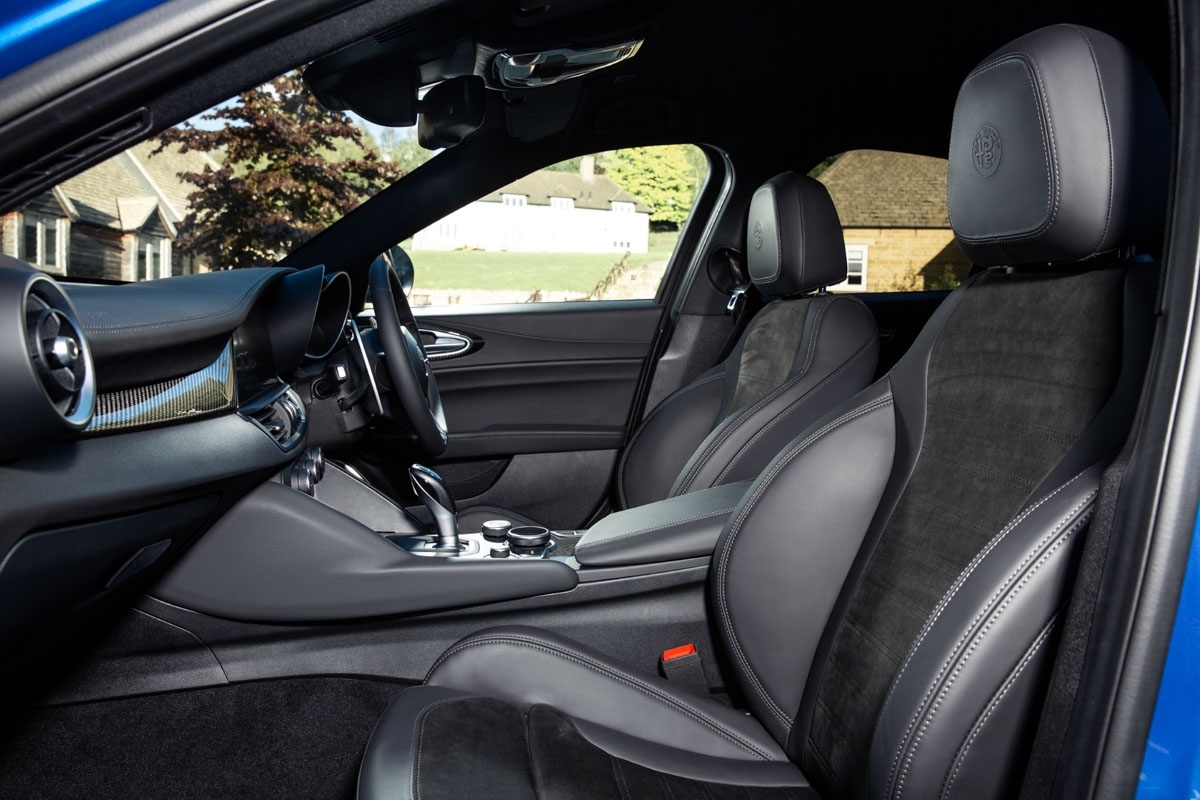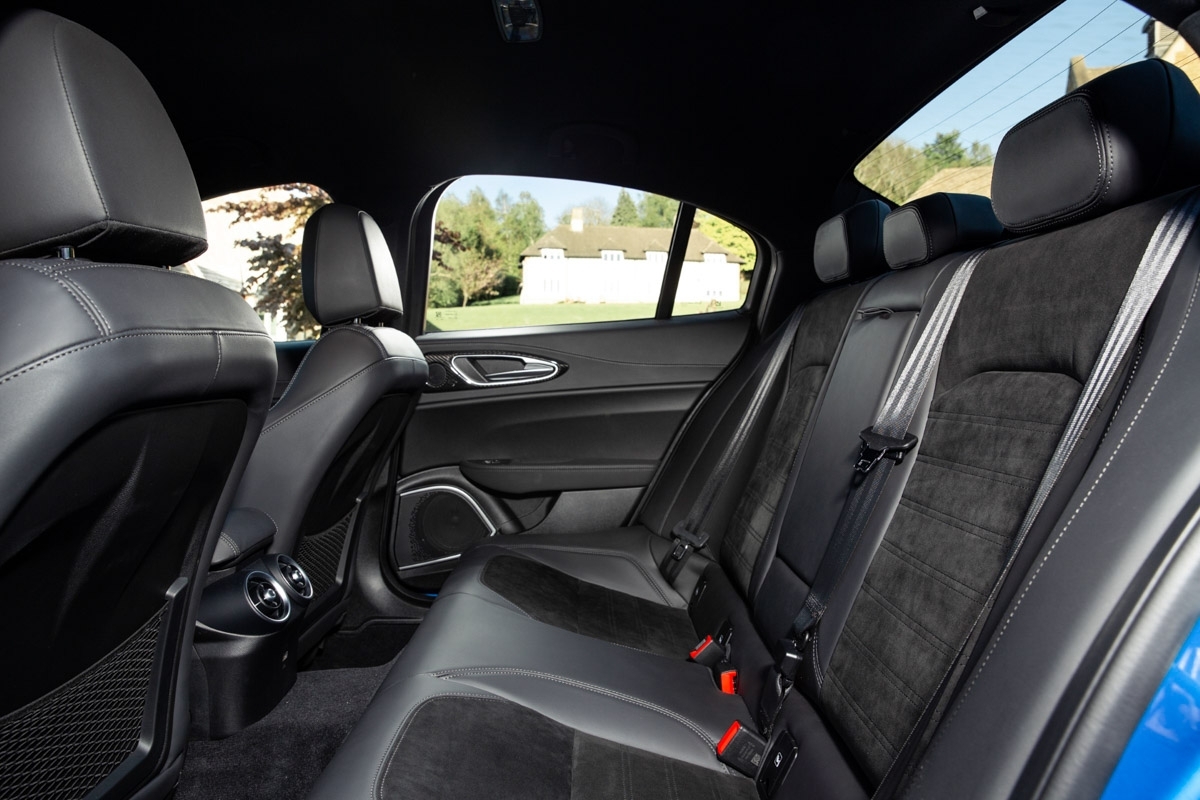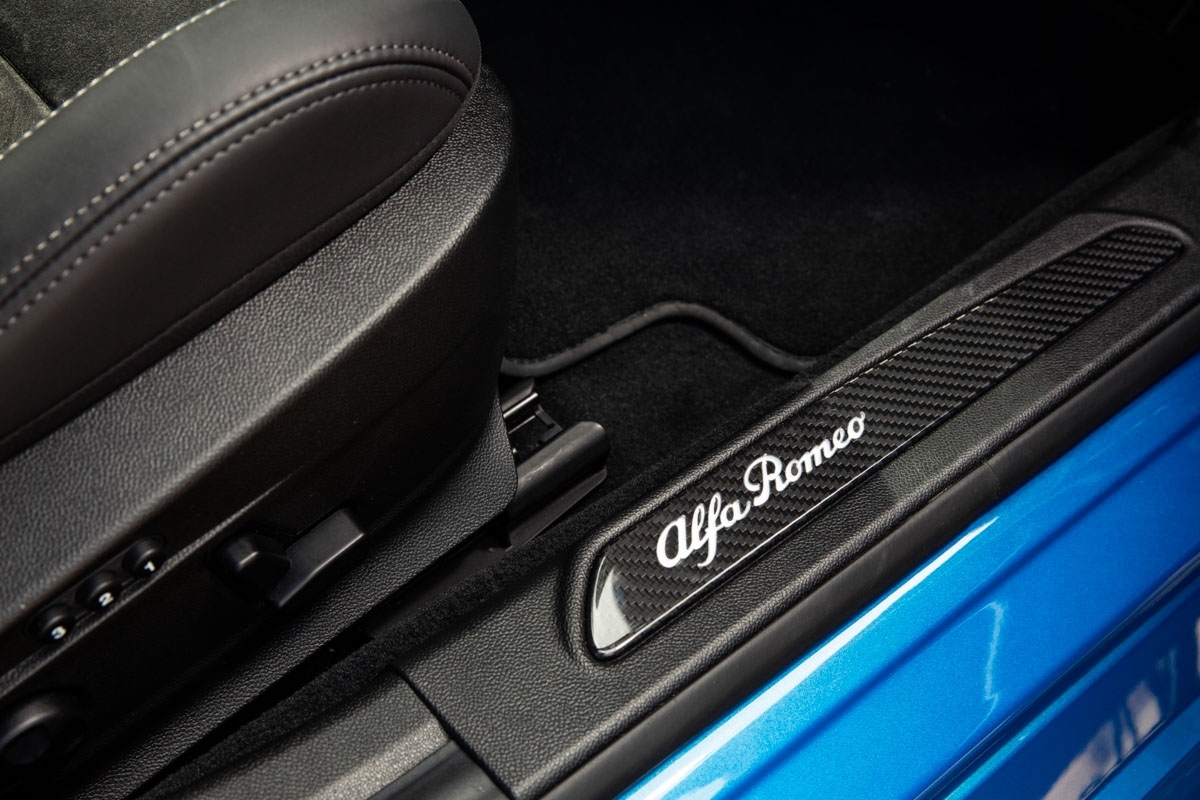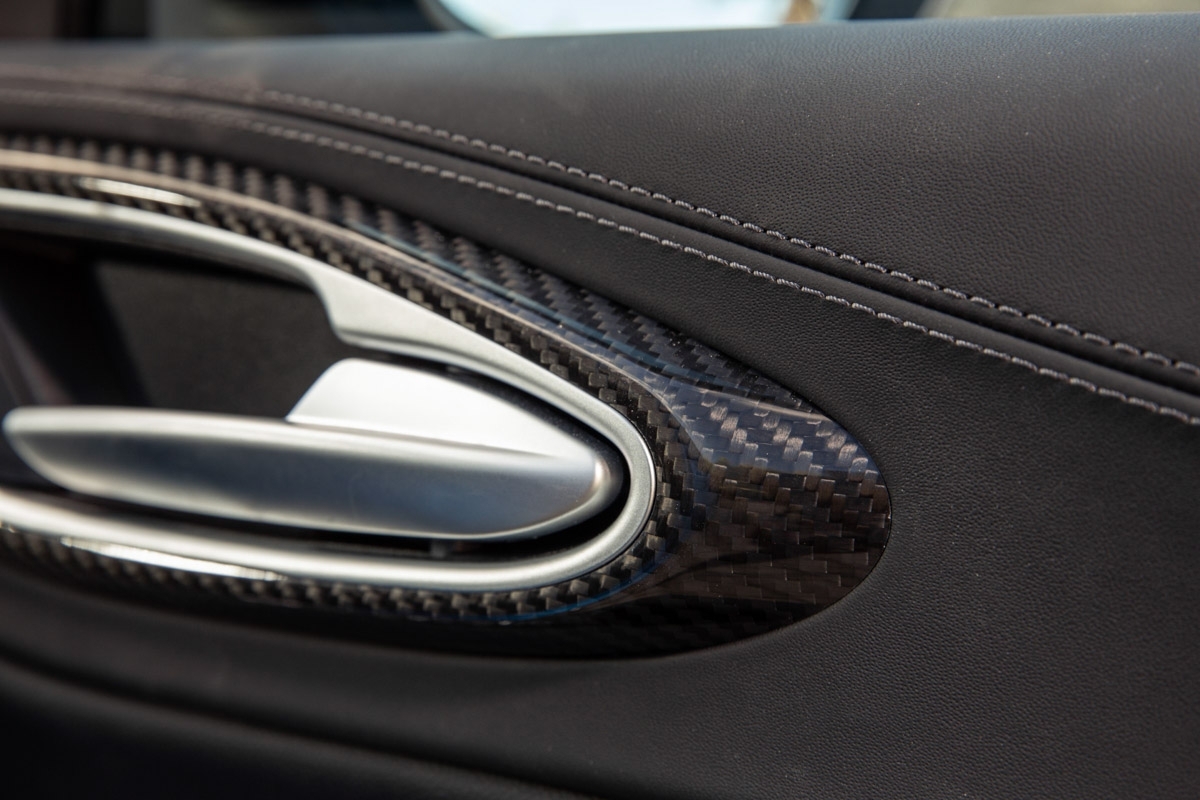Ti additions are expensive, certainly if you tick the option packs, but the Giulia remains an engaging sports saloon
You don’t need 500bhp or more to enjoy a sports saloon. There are still companies doing more with less, and one of those is Alfa Romeo with its latest Giulia.
Even a basic Giulia is fun, but with styling inspired by the Quadrifoglio and the most powerful four-pot in the company’s armoury, we’d be lying if we said the Veloce Ti hadn’t grabbed our attention. The regular Veloce is already among our favourite sports saloons, and while the Ti is mainly a visual upgrade, it’s also an opportunity to refresh our memories.
Engine, transmission and 0-100 time
Just one engine and transmission combination is available – a 2-litre turbocharged petrol four-cylinder making 276bhp at 5250rpm, and 295lb ft of torque from 2250rpm. This, you’ll note, is identical to that of the regular Veloce, though given our experience with that car, that’s no bad thing.Latest deals from Buyacar
It certainly delivers strong performance, clearing the 100kph mark in only 5.7sec and eventually topping out at 240kph. You only get one option for reaching those speeds, that being an eight-speed ZF automatic gearbox, with power directed to the rear wheels alone.
Not that this is such a drag, given the ZF’s smooth, swift reputation, and Alfa’s fitment of some enormous aluminium gearchange paddles that wouldn’t look out of place on something from Maranello.

Technical highlights
The Veloce Ti’s specification niceties are predominantly visual, since mechanically the four-cylinder is unchanged from the regular Veloce’s. For the most part, these changes are designed to turn the Veloce into a Quadrifoglio, so you get the same 19-inch teledial alloy wheels, carbonfibre mirror caps and red brake calipers, and a choice of some Quadrifoglio-inspired colours.
An optional Carbon Pack furthers the illusion, adding the range-topper’s distinctive carbon lip spoiler and side skirts, while carbon inserts also feature within, to go along with a pair of new Alcantara and leather sports seats.
What’s it like to drive?
The Ti, like all Giulias, drives as people imagine an idealised BMW 3-series to drive. Accurate steering, a lightweight (1429kg) chassis that seems to pivot around your hips, and a cornering attitude that can be adjusted with small movements of your right foot.
Like on all Giulias, the steering is light and ultra-responsive. Probably a little too darty for some, particularly on wet roads when a little more progression, weighting and information would be welcome to reassure you on turn-in, but at all other times you can flick the Ti around like it’s an MX-5. There’s a wonderful lack of inertia to the way the Giulia moves, enhanced by the way it seems to float over the road surface in the Normal mode on its settings dial.
Twisting the knob around to Dynamic, things do tighten up, but the suspension remains pliant, and Alfa provides a switch for returning the dampers to Normal, should you wish to combine the sharper throttle and gearbox mapping and slightly weightier steering with the gliding ride quality.
The extra steering weight is certainly welcome, and Alfa’s 2-litre feels all the more responsive in Dynamic. It’s pretty good already in Normal – along with the Quadrifoglio, perhaps one of the best combinations of an engine with the ZF eight-speed we’ve experienced, with good throttle response and intelligent automatic gear selection – but clicking rapid shifts through with those beautiful alloy paddles in manual mode is even more of a joy.
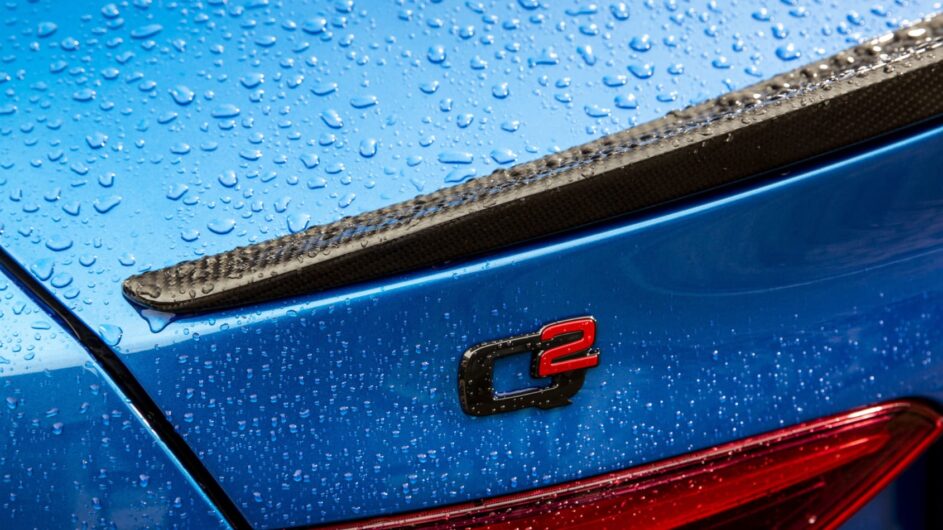
There’s still some shunting from the gearbox as it tries to swap cogs as quickly as a dual-clutch, but it’s less excessive here than in some other cars. And the outright performance is nothing to sniff at – the four-pot feels genuinely quick, and provided you’re in Dynamic there’s just enough induction bark to remind you that you’re driving a sports saloon.
Only the brakes let things down to any real degree. The power is there, and the pedal is firm, but response can be inconsistent, particularly at lower speeds, and driving in an Italian fashion will see the hazard lights flashing in a panic before virtually every corner. The roads around Arese must flicker like a Christmas tree…
Otherwise, the Giulia continues to do ‘sporty’ in a way we’d be happy to see much more often. Engaging when you’re in the mood, calm and comfortable when you’re not. It’s about as good as sports saloons currently get.
Price and rivals
With a starting price of $58,612, you’re looking at over six grand to turn your Veloce into a Ti, with the regular model costing $50,566. Going for one of the Quadrifoglio paint schemes isn’t cheap either, with Trofeo White being $2740 and Competizione Red coming in at $3000. Regular metallics, such as the Misano Blue of our test car, are a more palatable $885.
Opt for active suspension and a limited-slip diff as part of the Performance Pack and you can add a further $2135, while the Carbon Pack is $2100. Go the whole hog and you can approach $70,000, and by that time we’d be wondering where we could find the extra for an $80,950 Quadrifoglio – but ‘options cost money’ is news to nobody, and the Giulia’s rivals can promise similar levels of financial pain.
Those rivals include things such as the new BMW 330i M Sport, which is $49,900 with an automatic transmission and similar performance, and the fine-driving Jaguar XE S ($50,215), which like the Alfa and BMW has four cylinders, but unlike that pair comes as standard with all-wheel drive.
Want a left-field choice? While it lacks the brand cachet of the above, Kia’s Stinger GT S is hard to ignore – $51695 gets you 3.3-litre turbocharged V6 power, a sub-five second 0-100kph time and a near-273kph top speed. There’s a reason it’s our current favourite of the sub-supersaloons.
This article originally appeared at evo.co.uk
Copyright © evo UK, Dennis Publishing

